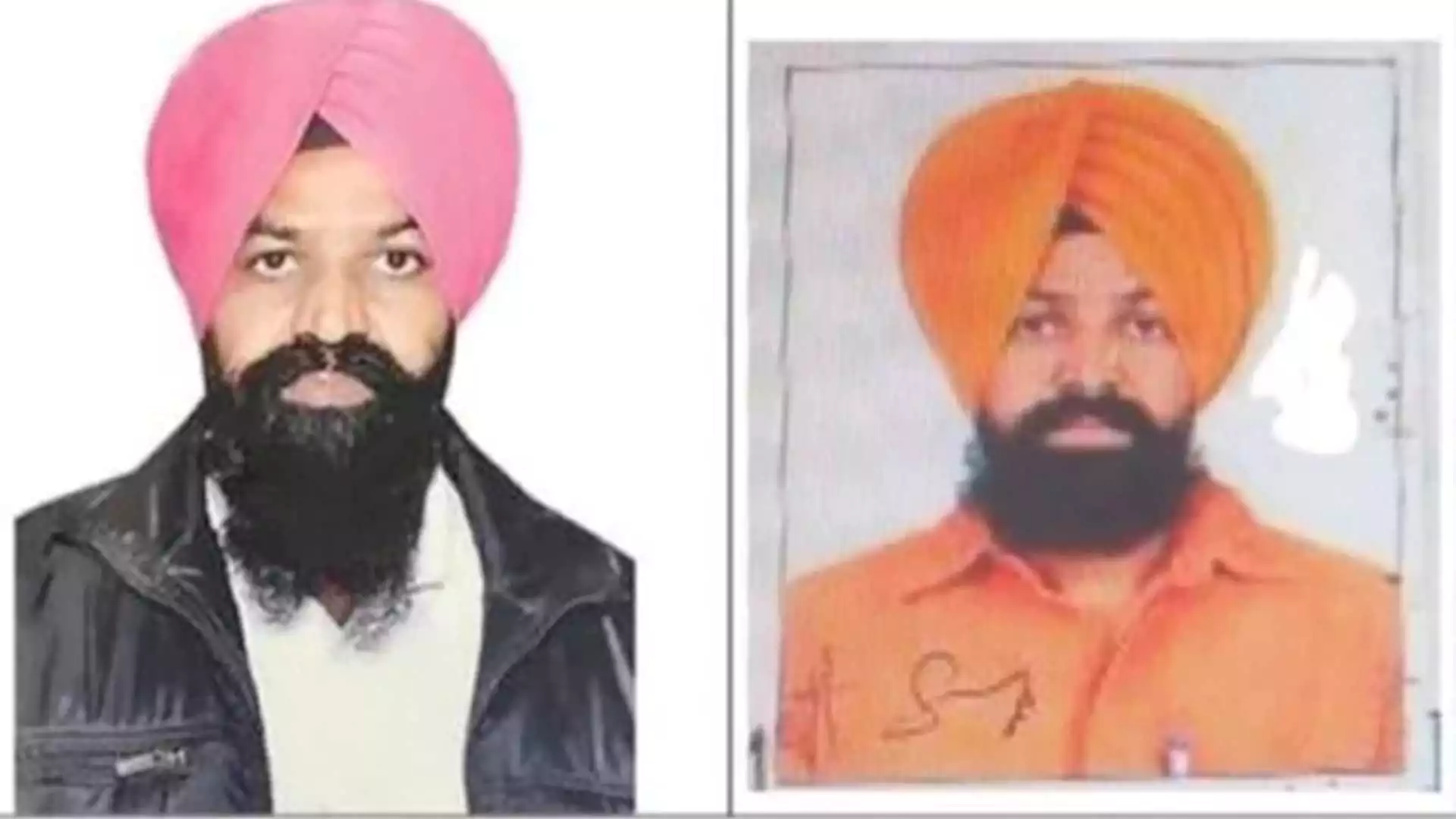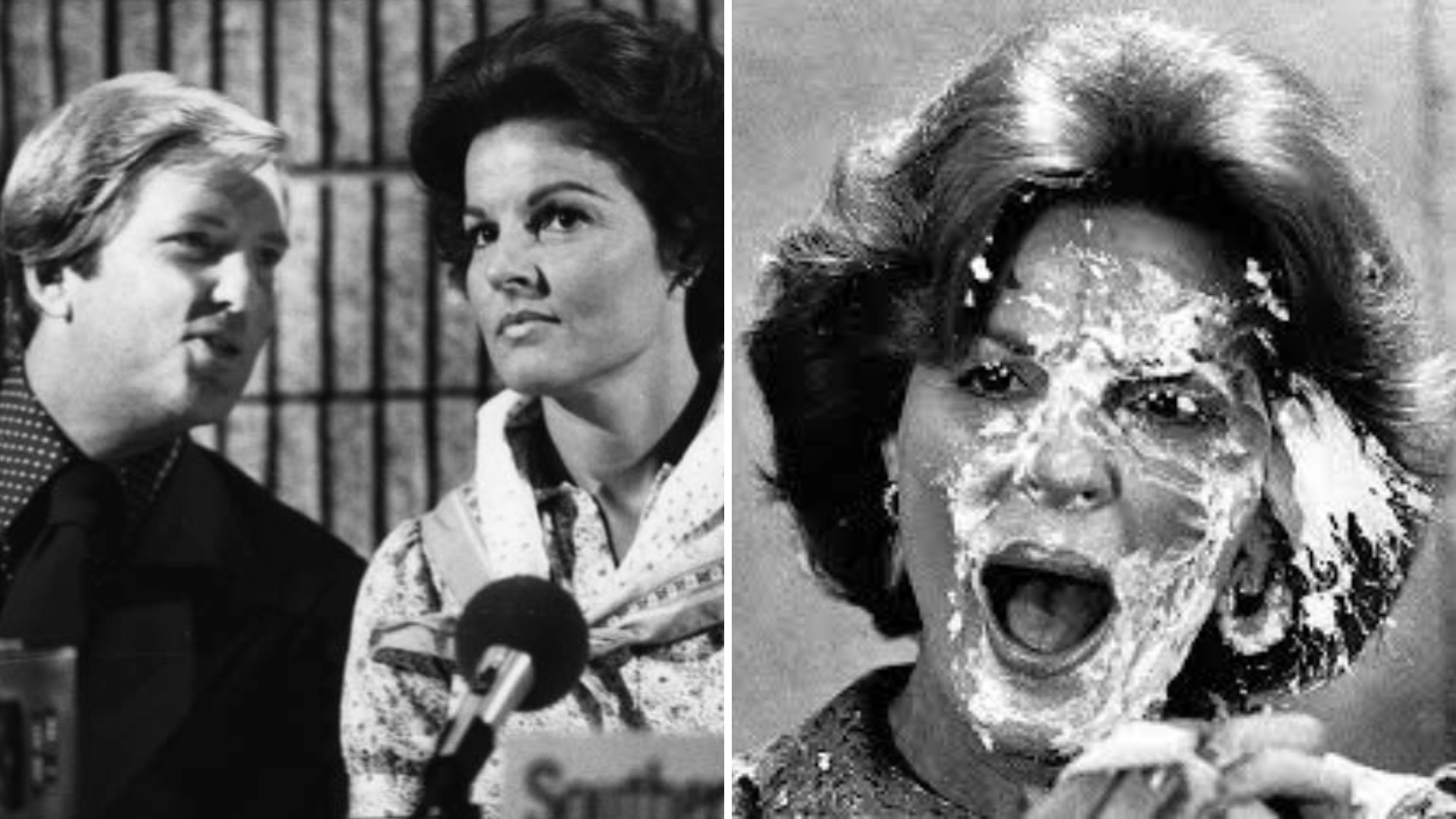In a groundbreaking medical achievement, Dr. Anil Arora, Chairman and Head of the Department of Gastroenterology at Sir Ganga Ram Hospital, led a world’s first endoscopic procedure to treat a complex case of double obstruction in the food pipe, successfully addressing two diseases of the food piipe in a patient withadvanced chronic Liver disease
The patient, a 45-year-old male from Shimla, Himachal Pradesh, had been suffering from chronic liver disease (cirrhosis), a condition where the liver shrinks over time, leading to severe complications and large development of large tortuous blood vessels called esophageal varices at junction of food pipe and stomach with a potential to cause massive bleeding from mouth
In addition to cirrhosis, the patient presented with two other critical diseases affecting the food pipe: achalasia cardia and a large lower out pouching of lower food pipe called oesophageal diverticulum. Achalasia cardia is a disorder that impedes the proper swallowing of food due to a tight lower oesophageal sphincter, which fails to relax during swallowing which results in food getting stuck up in the chest and the resultant stasis was leading to recurrent vomiting, regurgitation, and pneumonia due to stagnation of food both in the lower esophagus and its out pouching called esophageal diverticula
Furthermore, the patient had oesophageal varices, a condition common in cirrhosis, where enlarged veins in the food pipe can lead to life-threatening bleeding. Despite undergoing medical treatment for varices, the patient’s complex condition posed significant treatment challenges.
Dr. Shivam Khare, Consultant at the Department of Gastroenterology, Sir Ganga Ram Hospital, explained the difficulties of treating such a case. “There were two main options for treatment: surgery, which is extremely risky in such cases, or endoscopy. However, the presence of swollen dilated veins at gastro esophageal junction made endoscopic treatment even more challenging. This case was particularly complicated because we needed to treat both achalasia cardia and the diverticulum while also ensuring that we avoided bleeding from the prominent dilated veins at gastro oesophagus junction,”
The medical team, in collaboration with interventional radiologists Dr. Arun Gupta, Dr. Ajit Yadav, and Dr. Raghav Seth, devised a meticulous treatment plan. They first embolised the varices to reduce the risk of bleeding and then proceeded with endoscopic evaluation, confirming that the varices had been obliterated. The next step was a combined peroral endoscopic myotomy (POEM) procedure, which addressed both achalasia cardia and the diverticulum simultaneously.
Dr. Anil Arora explained that the POEM procedure is a minimally invasive endoscopic treatment that involves four key steps: mucosal entry, creation of a submucosal tunnel, myotomy (cutting of the esophageal muscle ) of the diverticulum, and myotomy of the lower oesophageal sphincter (LES) for achalasia cardia. During the procedure, special care was taken to coagulate and fulgurate any varices that were encountered, preventing bleeding during the treatment.
Dr. Anil Arora remarked, “This successful treatment is a remarkable achievement, not only for its complexity but also for the novel approach we employed. The patient, who had previously struggled with swallowing, is now able to consume a normal diet and has a new lease on life within a span of week after our innovative treatment
Dr. Shivam Khare added, “This is the world’s first case where two oesophageal diseases — achalasia cardia and oesophageal diverticulum — were treated in a patient with advanced cirrhosis and varices using a single endoscopic procedure.”
The patient, who had previously visited several major medical centers without success, was discharged within three days after the procedure, and is now able to swallow seamlessly without any difficulty.
Dr. Anil Arora further emphasized the significance of the hospital’s advanced diagnostic capabilities. “State-of-the-art diagnostic tools like high-resolution oesophageal manometry and high-definition endoscopes allowedus to diagnose complex disorders like achalasia cardia with ease. To date, we have successfully performed this procedure in over 550 cases, reinforcing our experience in treating such intricate conditions.”
This pioneering procedure was made possible by the unwavering dedication of the entire medical team, including skilled endoscopic assistants, anaesthetists, and the interventional radiology team, whose combined efforts contributed to the success of the case.


















